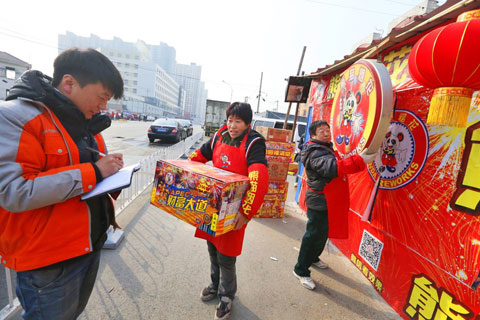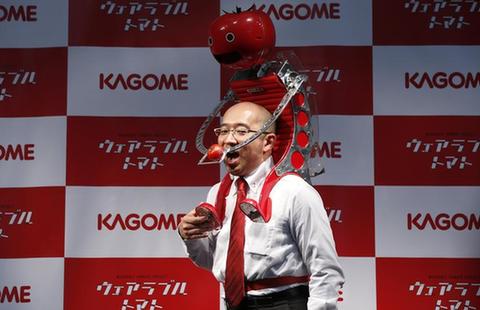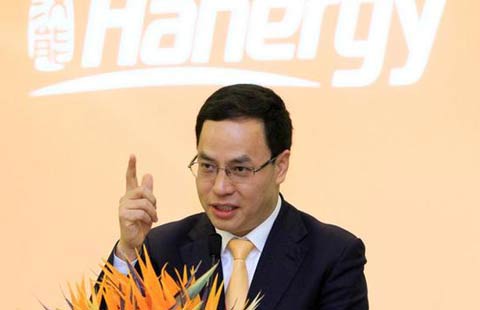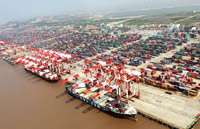Central China Expo boosts optimism amid FDI concerns
(Xinhua) Updated: 2012-05-19 11:23CHANGSHA - The seventh Central China Expo, an important contract-signing and investment event for China's central regions, started Friday in Changsha, capital of Hunan province.
More than 30,000 businessmen from 73 countries and regions, including business executives from Carrefour, Citibank, Messer and Mitsubishi Heavy Industries, are attending the three-day event.
Vice Premier Wang Qishan, Minister of Commerce Chen Deming and Vicente Fox, former president of Mexico were present at the expo's opening ceremony.
China began to implement its "rise of central China" strategy in 2004, following similar strategies for the west and northwest regions of the country, amid efforts to achieve more balanced development in different regions.
The central regions, comprising the provinces of Shanxi, Anhui, Henan, Jiangxi, Hunan, and Hubei, are home to one-fourth of China's population and account for one-fifth of the country's economic output.
Many are hoping the central regions will emerge as a new destination for foreign investors and offset a loss of optimism in China's coastal areas, where surging production costs have squeezed profit margins for many companies.
Reviving optimism
Earlier this week, the Ministry of Commerce reported that foreign direct investment (FDI) in China edged down 0.74 percent year-on-year in April, marking the sixth straight monthly decline.
Despite multiple measures to improve China's investment environment, the ministry said a lackluster global economy and rising costs within China caused the downward trend.
The analysis is supported by Peter J Buckley, an economist at the University of Leeds, who said global FDI flow has remained stagnant and China will soon come to the end of "the era of privilege."
Nevertheless, foreign companies will still discover new opportunities in China, as its central and local governments will have greater incentives to bring in foreign investors with favorable policies, Buckley said.
The optimism was also explicit among businessmen who attended the expo, carrying ambitious plans to tap into local potential in resources and markets.
"It's the market that will finally lead the flow of investment, " said Victor Zhang, managing director of SEW-Eurodrive (China), a German-based manufacturer of electric motors and frequency inverters.
"Central China has a rising market and an advanced supporting network," Zhang said, adding that the company's sales in the six central provinces have surpassed 2 billion yuan ($317 million).
Compared to the wealthy and more developed eastern regions, officials said central China has a sufficient labor force, rich natural resources, good infrastructure and a rising market, all of which have aided the region in overtaking others as China's most attractive region for overseas investment.
The six provinces made use of $2.78 billion in foreign investment from January to April, a rise of 26.7 percent over the same period last year and the fastest growth among all Chinese regions, said Vice Minister of Commerce Wang Chao.
"The industrial transfer from China's coastal regions to the inland has become an inevitable trend and the central regions have been well prepared for it. So (the industrial transfer) is more opportune now than ever before," said Guo Gengmao, governor of Henan province.
- Red envelopes help WeChat capture mobile payment use
- Over 100m people exchange mobile 'lucky money' for Chinese New Year
- Beijing sees 41% fall in sales of fireworks
- Brazilian players find home in 'club China'
- China's holiday box office booms
- Hang Seng Bank profit tumbles 43 percent
- China's manufacturing activity rises to four-month high in Feb
- Property shares back in favor with top hedge fund

















